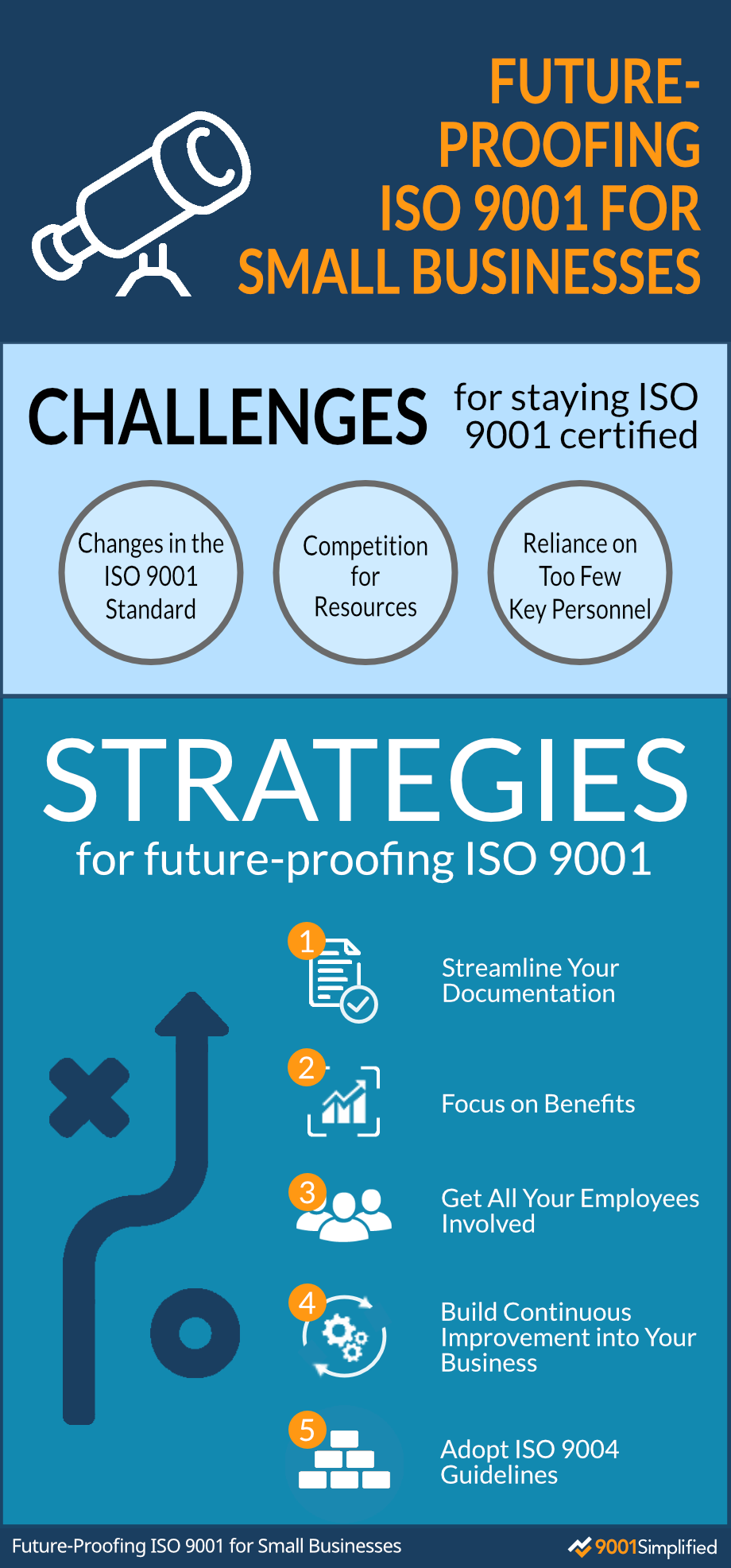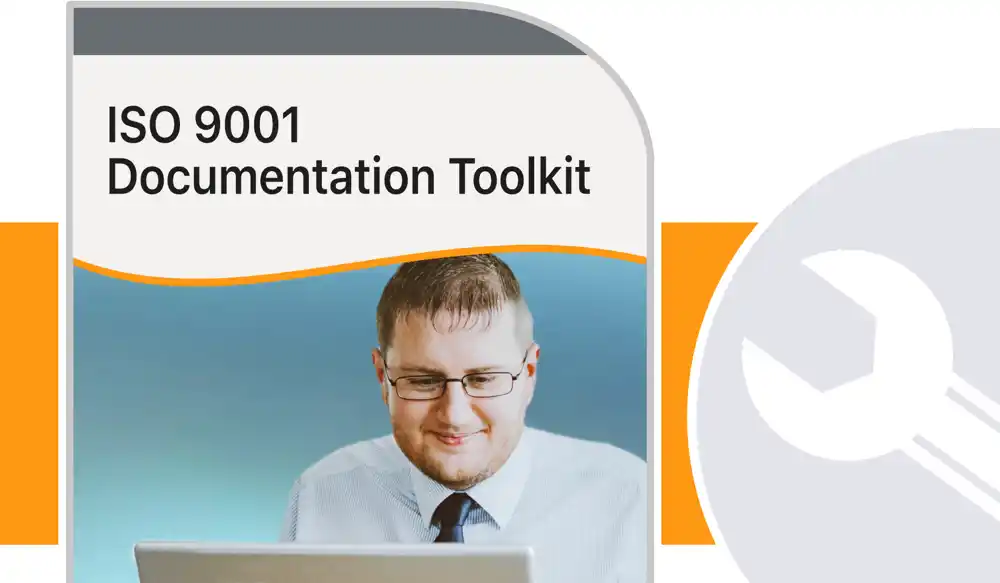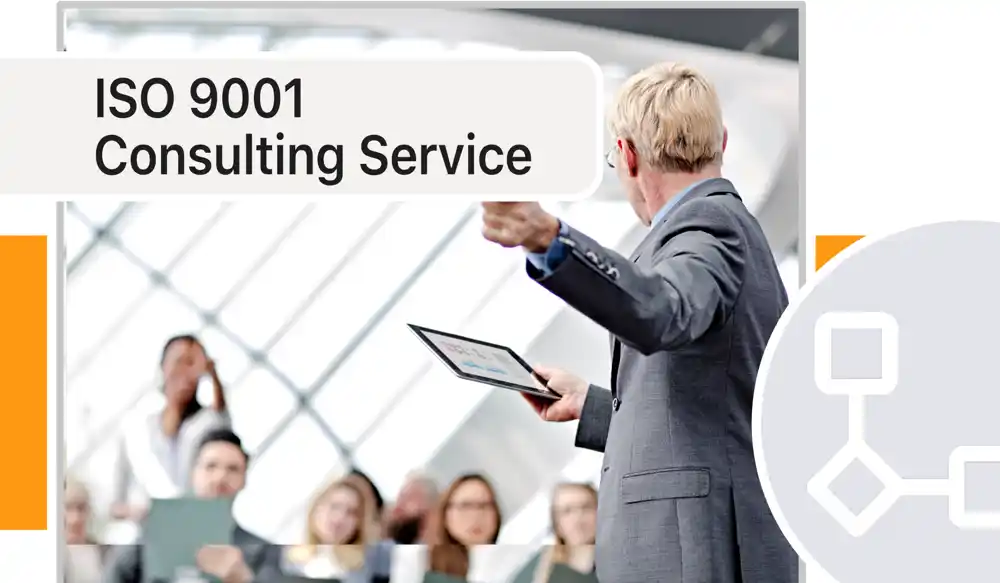Future-Proofing ISO 9001 for Small Businesses
21 January 2020
You worked hard and invested much to get your small business ISO 9001 certified, so now you can relax... Can you? Maybe. It depends if you future-proofed your quality management system. If you didn't, your ISO system could fall apart quickly and your company could lose its certification, a development that your competitors would undoubtedly use to their advantage.
In this article we'll explore techniques that keep your quality management system robust during internal and external change so that you can maintain certification long-term. These techniques are particularly useful for ISO 9001 at small businesses.

Future-Proofing ISO 9001 for Small BusinessesThe Challenges of Staying ISO 9001 Certified
Maintaining certification requires companies to undergo periodic surveillance audits to verify that ISO 9001 continues to be effectively implemented. It's during these audits that system break-downs get identified, with the loss of certification the eventual consequence. The most common reasons are:
Failure to keep the system updated and current
Failure to use ISO in daily operations
We'll now discuss three key challenges that could lead to such failure, particularly at small businesses with scarce resources.
Challenge 1 | Changes in the ISO 9001 Standard
A major challenge for small businesses trying to keep the ISO 9001 system updated and current are the periodic revisions of the ISO 9001 standard. The International Organization for Standardization (ISO) publishes a revised version of the standard every 6-8 years, and companies need to adopt the changes during a 3-year transition period in order to remain certified.
The required effort to transition to each new revision is dependent on how the previous version had been applied to organizational processes. Companies who developed a simplified quality management system that focuses on business improvement typically find the changeover process straightforward, requiring only minor cost and effort.
Challenge 2 | Competition for Resources
Maintaining a quality management system requires resources. In a well implemented system, clear benefits outweigh the costs. If benefits are not visible, small businesses may divert their resources away from ISO 9001, particularly when economic conditions get tough.
Cuts to the quality budget can impact on the effectiveness of the ISO 9001 system and result in a downward spiral. Without adequate resources, the quality management system will suffer and its benefits decrease. A cycle of diminishing benefits resulting in reduced funding will render the ISO system ineffective and make certification unsustainable.
Challenge 3 | Reliance on Too Few Key Personnel
With staff turnover being a fact of business, the reliance on one or few individuals to manage all aspects of ISO 9001 poses a risk to the long-term sustainability.
ISO systems where knowledge and expertise reside solely within the quality manager, a discrete quality department, or even worse, an external consultant, easily disintegrate if those individuals are no longer available. This is true of any size organization but is especially pertinent to ISO 9001 at small businesses.
Future-Proofing ISO 9001 for Small BusinessesReal-Life Strategies
Strategy 1 | Streamline Your Documentation
We recommend you keep your documentation and document control procedure simple. Otherwise the cost and effort to maintain your documents will outweigh their benefits. To simplify your documentation, we recommend you:
Only document those aspects that are useful to run your business effectively.
Keep your identification system simple. Small companies will find that document titles are easier to administer than identification numbers.
Don't link documents to specific clauses of the standard. Otherwise you have to amend every document when the standard changes.
Don't mention specific clauses of the standard within your procedures.
Use pictures, flowcharts, forms and checklists instead of long-winded pages of text. People are more likely to read and understand a simple diagram or visual representation.
Use clear language that reflects the vernacular of your organization and industry rather than "ISO speak." It's not only more user-friendly but also won't put you in the bind of updating when ISO 9001 changes terminology.
Mention positions or job titles for responsibilities rather than names of individuals.
Customize your ISO 9001 documentation templates carefully, implementing all tips on this page.
Follow these tips and your documentation will be user-friendly and easy to maintain, even when the standard inevitably changes again.
Strategy 2 | Focus on Benefits
Every time the economic cycle wanes and tough budget decisions are required, you will need to justify expenses. To do this, you need to understand, measure and demonstrate the benefits gained from ISO. For example, many small businesses should be able to show these benefits:
Reduction in costly errors and waste
Lower warranty claims and repairs
Increased customer satisfaction
Productivity gains
Increased sales
Access to new markets
Implementing the following recommendations will make it easier to sustain ISO 9001 at small businesses in times of difficult economic conditions (for additional guidance, refer to this free guide):
Define the potential benefits of the ISO 9001 system.
Develop goals, quality objectives, and plans to achieve them.
Monitor associated performance measures.
Regularly communicate progress and success.

Strategy 3 | Get All Your Employees Involved
Getting all of your employees involved in the quality management system is a critical – though often overlooked – factor in sustaining ISO 9001. The temptation to have one person responsible for ISO, while everyone else gets on with the 'real business' can be strong. However, take that person out of the picture for any reason, and your continued ISO certification could be jeopardized. Here are our tips to increase employee involvement (for additional tips, refer to this free guide):
Recognize that your QMS is not just the quality manager's responsibility. Ensure as many people as possible understand the requirements of the standard, how they apply to the business and each individual's job.
Disseminate knowledge and expertise about how your QMS works and supports your business through training, education and your communications plan.
Have a succession plan for critical personnel so your QMS will still function and thrive in their absence. This is particularly important for ISO 9001 at small businesses.
Regularly communicate progress, improvements and positive outcomes that result from the QMS to maintain motivation and enthusiasm. People want to know "what's in it for them" and how their efforts have contributed to success.
Leverage your internal audit program and get more people involved as both internal auditors and auditees. It's one of the most effective ways of spreading knowledge and expertise across your business.
Strategy 4 | Build Continuous Improvement into Your Business
Continuously improving your business is fundamental to long-term sustainability. ISO can be the ideal driver for ongoing improvement if the quality system is fully integrated into your daily business operations rather than kept as a discrete entity. If all employees understand why changes need to occur and what they will mean for them, and then experience the positive results, continuous improvement becomes routine. When the standard inevitably updates, transitioning to the new requirements will be part of this routine. Follow these tips:
Use the information and data generated by your QMS such as internal audit findings, management review outcomes, corrective action reports, and risk assessments to support decisions at all levels of the organization.
Communicate the reasons for proposed changes, the supporting evidence and projected outcomes, including performance measures (i.e., how you will know if the initiative has been a success) to those who will be affected.
Utilize the pertinent tools of your ISO 9001 system (document control, training and education processes) to promulgate the changes and ensure all relevant personnel are informed and up to speed on what they need to do differently.
Strategy 5 | Adopt ISO 9004 Guidelines
Once certified and with the basics of your QMS in place, you might consider adopting some ISO 9004 recommendations. The guidelines contained in the ISO 9004 standard serve as complementary information rather than requirements for you to retain certification. They do, however, provide excellent advice on the use of improvement methodologies and build on the framework established by ISO 9001 itself. Think of them as "things to consider" that might help your organization improve even further.
As ISO 9004 is completely optional, you can pick and choose the parts you consider most useful to enhance your small business and help you on your journey to sustained, long-term success.
Future-Proofing ISO 9001 for Small BusinessesConclusion
Nothing is as constant as change. New standards, downturns in the economy, and changes in key personnel will all impact your ISO system. Adopting the strategies above will help you to cope with each challenge and create a more sustainable business long term.
And once it's time to transition to the next revision of ISO 9001, don't rush into updating processes and documentation before the dust has settled and common interpretations have been established. Our clients and those who have followed the strategies above will find that only few changes are needed and that required resources can easily be justified.
It's also worth mentioning that our ISO 9001 templates and other Do-It-Yourself tools include free updates for 5 years so you don't need to worry about the next revision.


